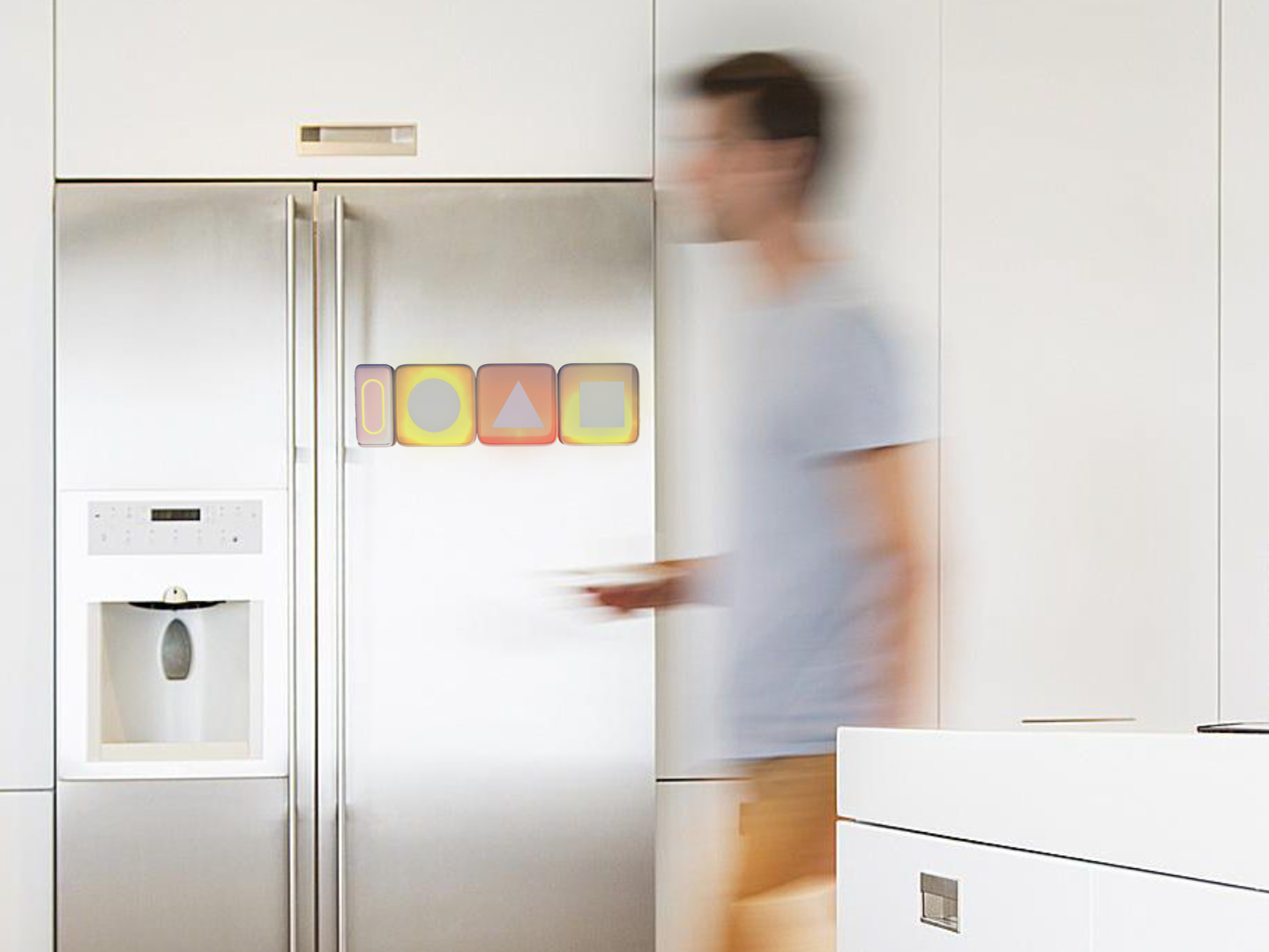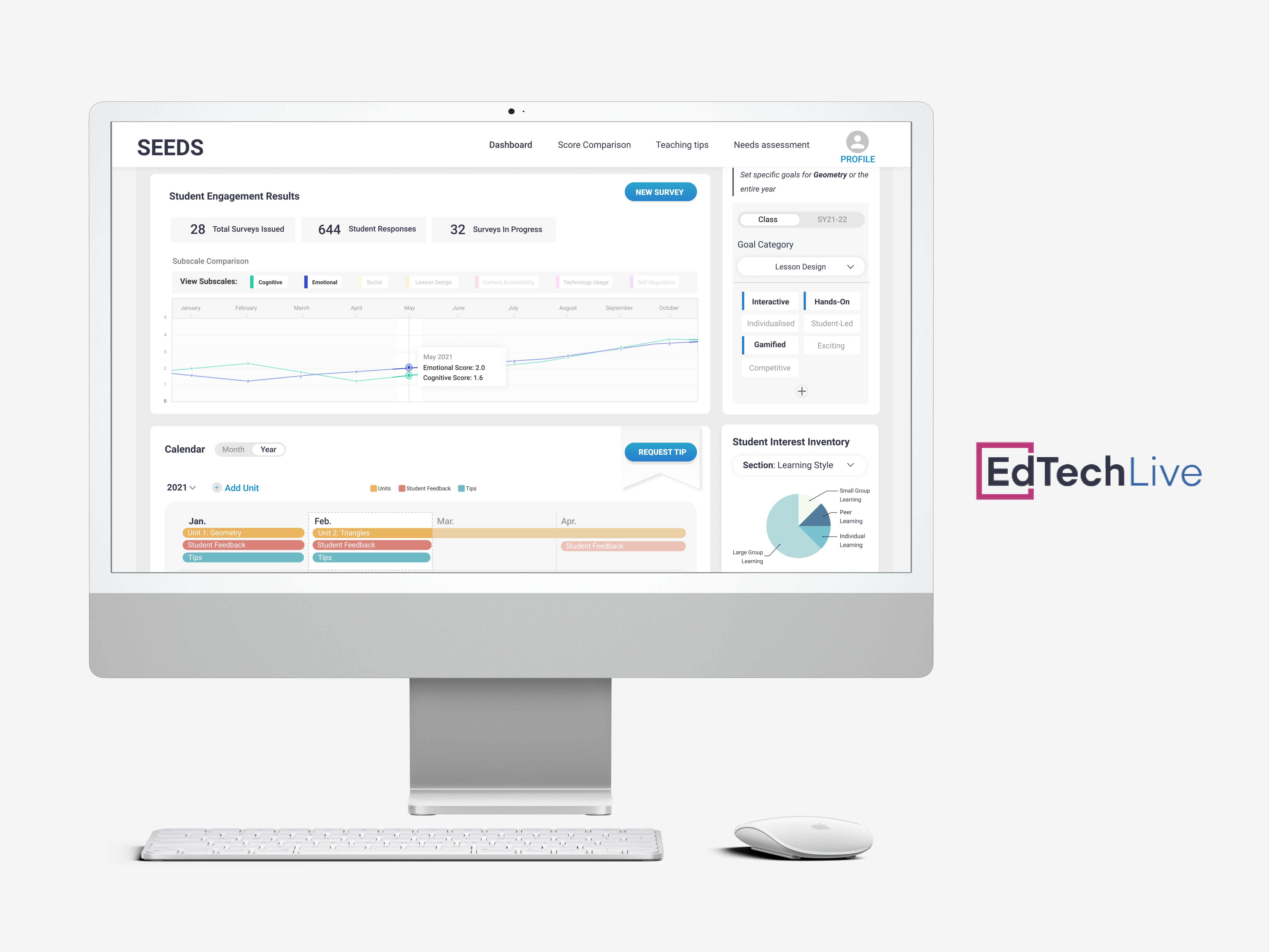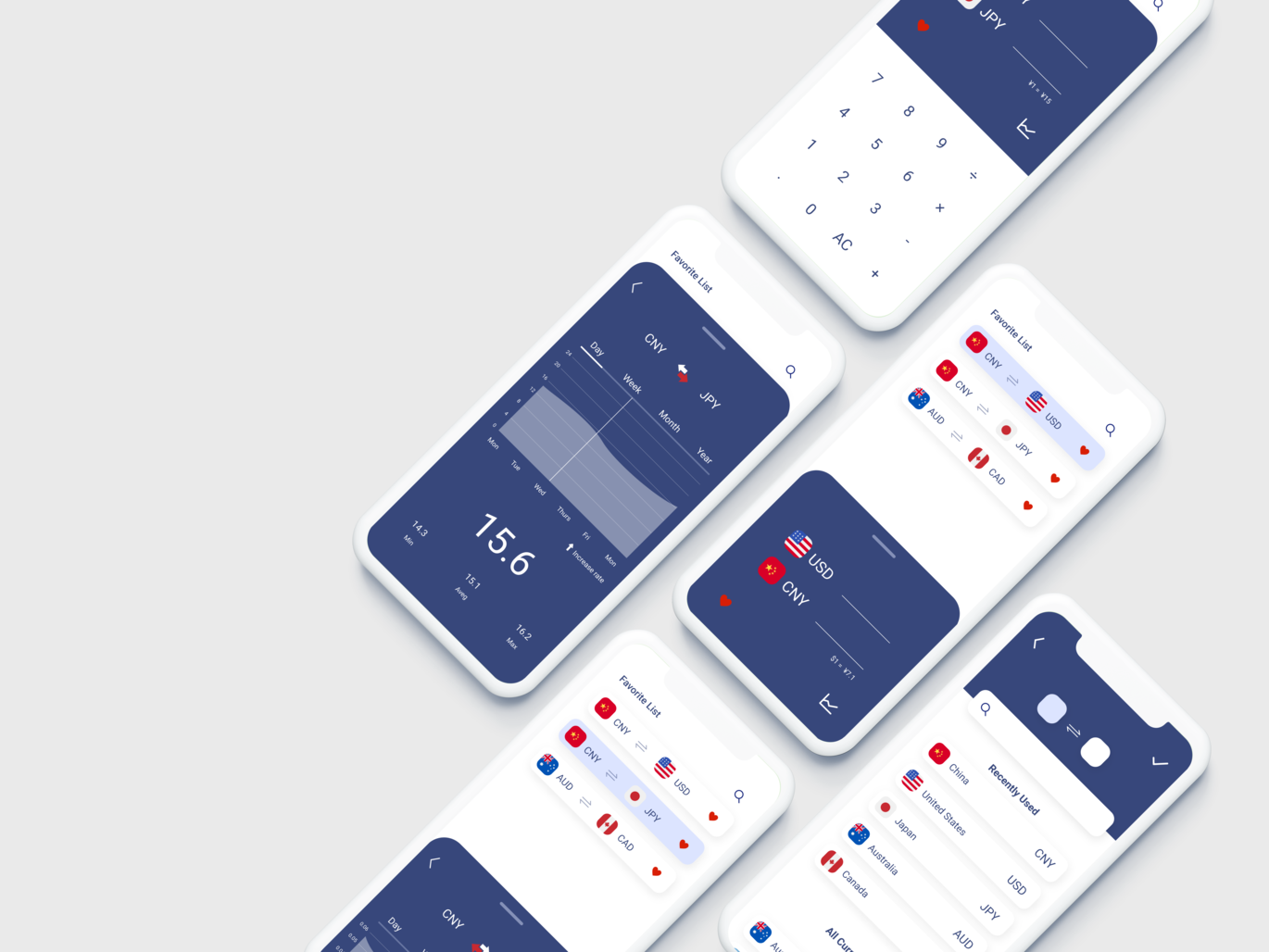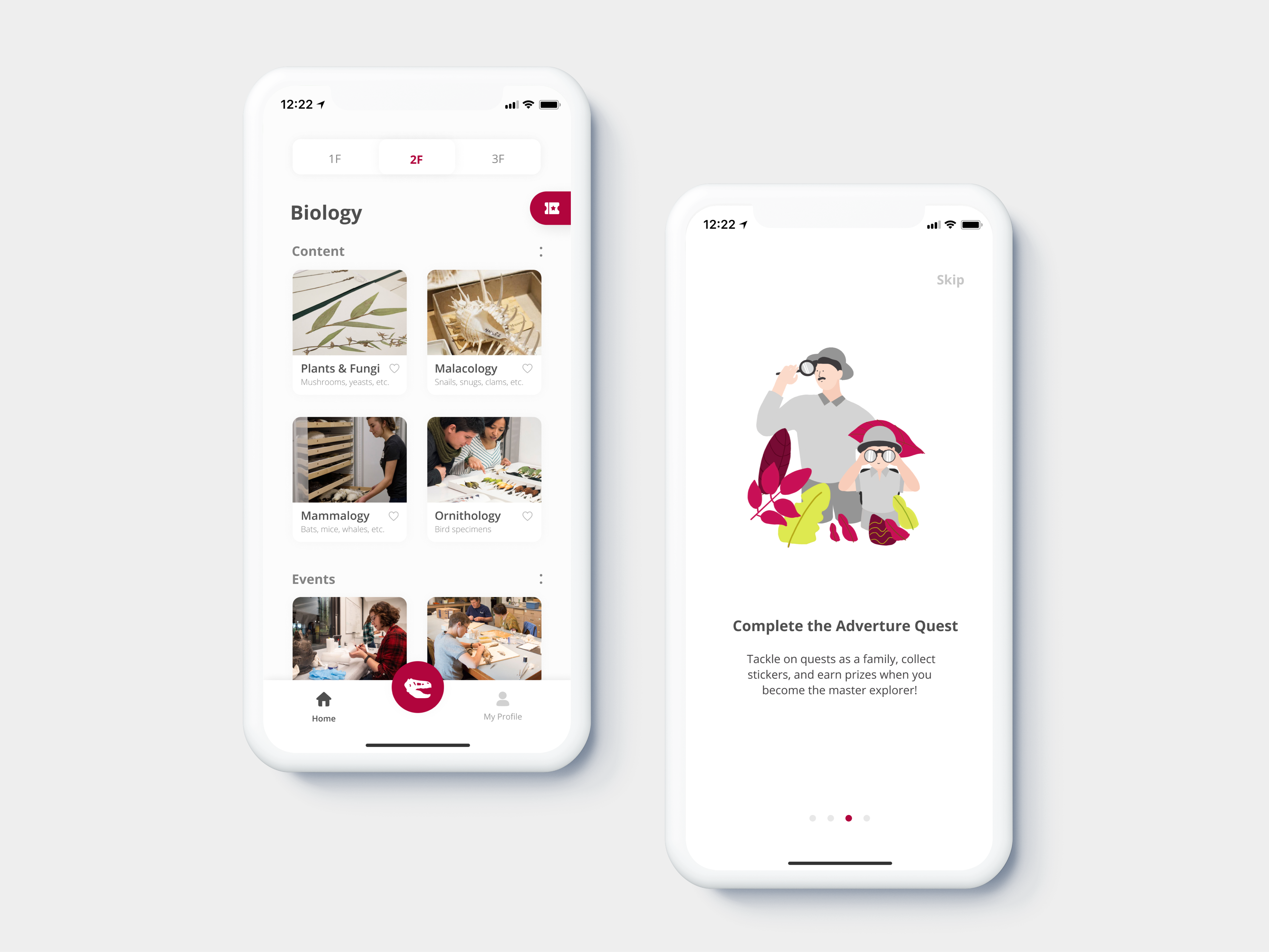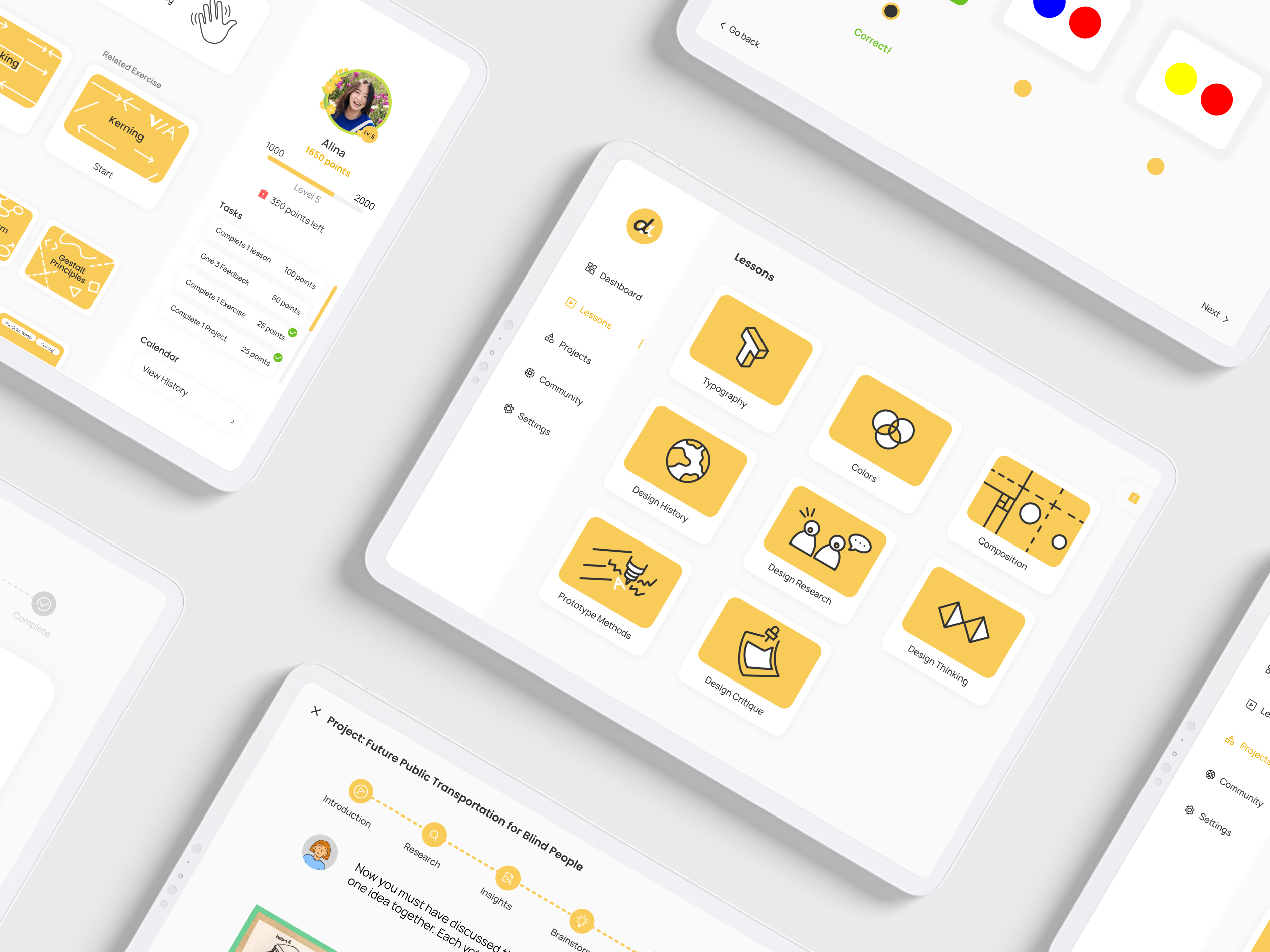MEMO - Living with Dementia
A system that helps to support communication between people living with dementia and their caregivers to assist patients with daily lives and prevent potential safety risks.
DURATION Team. MY ROLE
3 months Jiayi Tang Primary Research
Wendy Gui Ideation
Clara Too App Interface Design
Sasha Noerdin Animation Sketches
Lily Liu
Julia Chao
Problem
Dementia and its many forms (Alzheimer’s is the most common) is an irreversible, progressive brain disorder that destroys the sense of self, memory, cognition, and, eventually, the ability to carry out the simplest tasks.
Every year 16 million Americans provide more than 17 billion hours of unpaid care for family and friends with Alzheimer’s and related dementias. Family caregivers are at greater risk for anxiety, depression, and poorer quality of life than caregivers of people with other conditions. When people living with dementia are at home alone, even temporarily, they can experience dangerous situations due to cognitive decline. This can worry the caregiver and disturb their peace of mind when they are not at home.
Response
The integrated system, Memo, is composed of three parts: stickers, app, and apple watch. The sticker acts as a physical visual indicator, indicating that there is a reminder in this area, which can be a message from the caregiver or a safety reminder. This prompt is triggered when the apple watch is approaching it. The mobile app is used to manage stickers and record patient’s activity. These three parts support communication between people living with dementia and their caregivers remotely.
Process Overview
Research
Interviews
In order to learn more, we interviewed eight participants who are relatives of dementia patients and 2 professionals, one clinical manager, and one UWADRC science writer.
Based on the interviews, we found out that safety, patience, and efficiency are three main concerns. Patients can forget how to keep themselves safe and ask repeated questions due to memory loss. To address those issues, caregivers need to worry about their interaction with the environment all the time which will cause difficulty balancing their work and taking care of the loved ones. So they also want to feel appreciated and understood.
When we interviewed a clinical manager from the Alzheimer's association we found two surprising facts that set the problem space for our design.
1. Common household objects can be dangerous, one time a patient mistook Windex for water
“Household objects can be dangerous to patients due to cognitive decline; one time, a patient mistook Windex for water because it is a blue liquid.”
1. Common household objects can be dangerous, one time a patient mistook Windex for water
“Household objects can be dangerous to patients due to cognitive decline; one time, a patient mistook Windex for water because it is a blue liquid.”
2. Some caregivers can forget to take care of themselves and die before the patient does
“Caregivers sometimes focus on providing such great care for their loved one that they forget to care for themselves, and some even die before the patient does.”
Synthesis & Define
How might we build a system to support communication between people living with dementia and their caregivers to improve the quality of their daily life?
Design
Design Principles
Storyboard
Final Deliverable
Family of Interfaces
Stickers
Works as a physical tracker and visual reminder for MEMO.
Using simple passive RFID tags for precise location tracking. When nearby, they ping the Apple Watch, which connects to paired app database.
*3” diameter, 0.375” thickness
Using simple passive RFID tags for precise location tracking. When nearby, they ping the Apple Watch, which connects to paired app database.
*3” diameter, 0.375” thickness
Apple Watch
Used to track the wearer’s precise indoor location + activities; connects with the database set up by the mobile app and active stickers.
When the sticker detects the watch, the watch vibrates with the flashing icon for 2 seconds, and then shows an image of the caregiver’s face.
When the sticker detects the watch, the watch vibrates with the flashing icon for 2 seconds, and then shows an image of the caregiver’s face.
Reminder icons appear in blue rather than orange.
APP
The mobile app is only for caregivers to use. It allows the caregiver to record voice reminders and sync them to the stickers. They can see the location of the stickers, and whether tasks have been completed.
The app also records repeated questions and shows how many times each question has been asked by the patient. The caregiver can pre-record or edit a response to each question.
The app also records repeated questions and shows how many times each question has been asked by the patient. The caregiver can pre-record or edit a response to each question.
By analyzing the content of the question logs, MEMO provides a monthly summary of what the patient was most concerned or curious about and provides suggestions for future caregiving. The caretaker can use this feature to gain insight into the patient’s changing concerns over time.
The data collected by the system will be self-learning through the algorithm so that the system can get smarter to further improve the life quality of the patients and caregivers. For example, by analyzing the behavior or question input, MEMO can recommend places to the caregivers to add stickers in the future.

